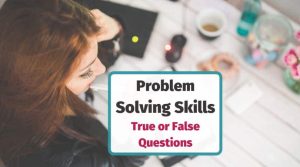Integrating Arab Narratives Across the Curriculum

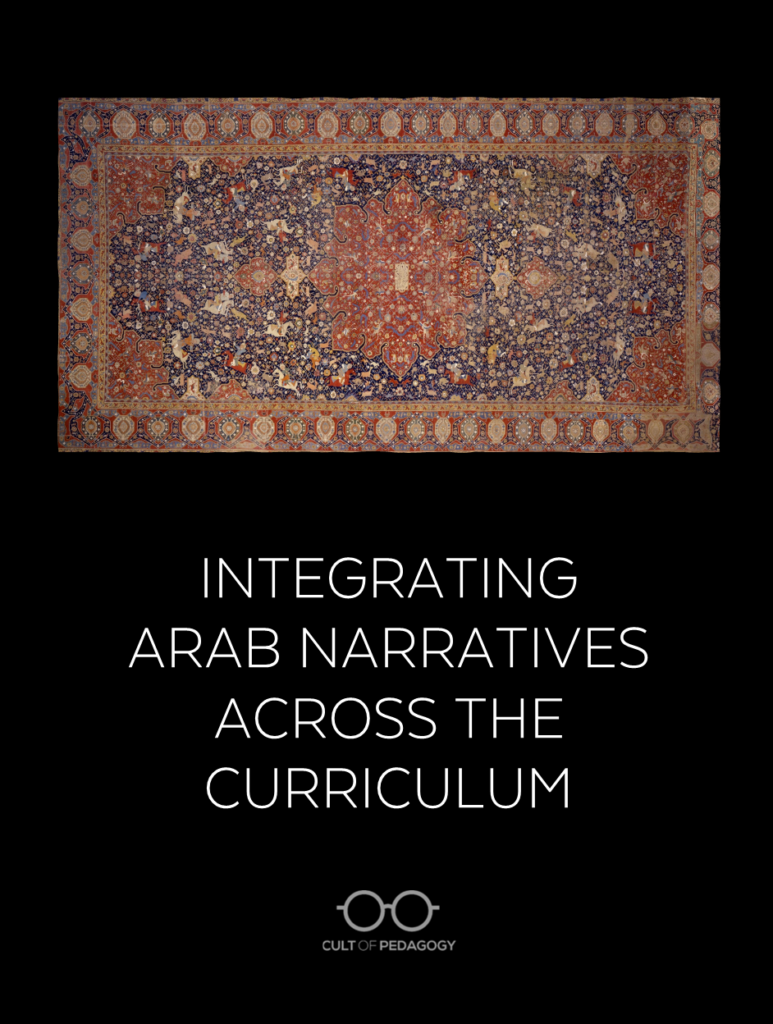
Listen to my interview with Sawsan Jaber, Reem Fakhry, Fatma Elsamra, and Abeer Ramadan-Shinnawi (transcript):
Sponsored by JumpStart
This page contains Amazon Affiliate and Bookshop.org links. When you make a purchase through these links, Cult of Pedagogy gets a small percentage of the sale at no extra cost to you. What’s the difference between Amazon and Bookshop.org?
One of the many ways we can make our schools more nurturing for all students is to diversify our classroom materials. When students see people like them in the curriculum, it shapes their identities by offering a reflection of themselves; Dr. Rudine Sims Bishop describes these kinds of materials as “mirrors.” Diverse materials also serve as what she calls “windows” and “sliding glass doors,” allowing us to view people who are different from us and enter worlds different from what we’re familiar with.
While many educators embrace the goal of diversifying classroom materials in theory, they may not be confident about how to achieve it. Websites like We Need Diverse Books and Diverse Book Finder are great places to start. Another approach is to look into our curricula to find places where the contributions of many cultures can be more fully acknowledged.
We’ll be doing this here with a specific focus on Arab cultures. A little over a year ago, Dr. Sawsan Jaber helped us understand how Arab-American students often experience exclusion, bullying, and other forms of marginalization in our schools, and how we can do a better job of supporting them. Now she returns with three other educators — Fatma Elsamra, math, Reem Fakhry, science, and Abeer Ramadan-Shinnawi, social studies — to focus more specifically on the curriculum piece of this work, approaches we can take to integrate Arab narratives into our teaching and curriculum.
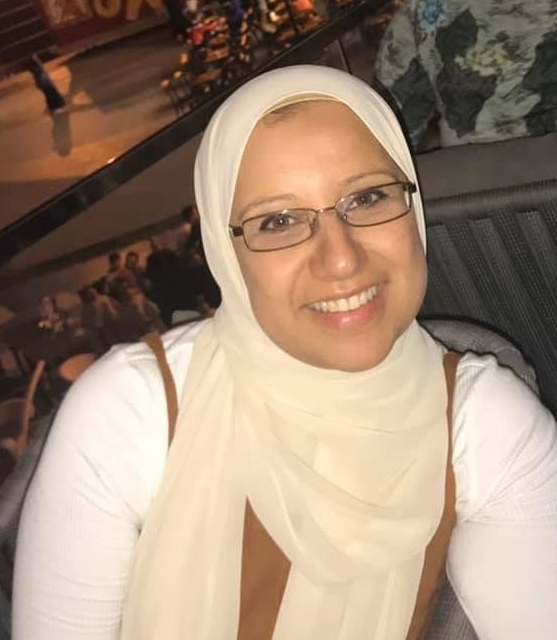
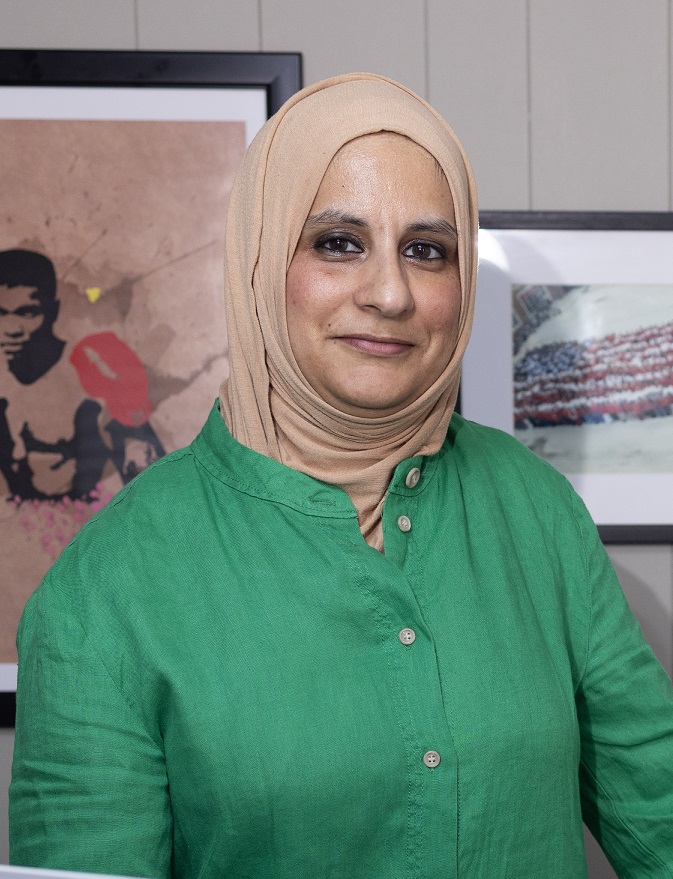
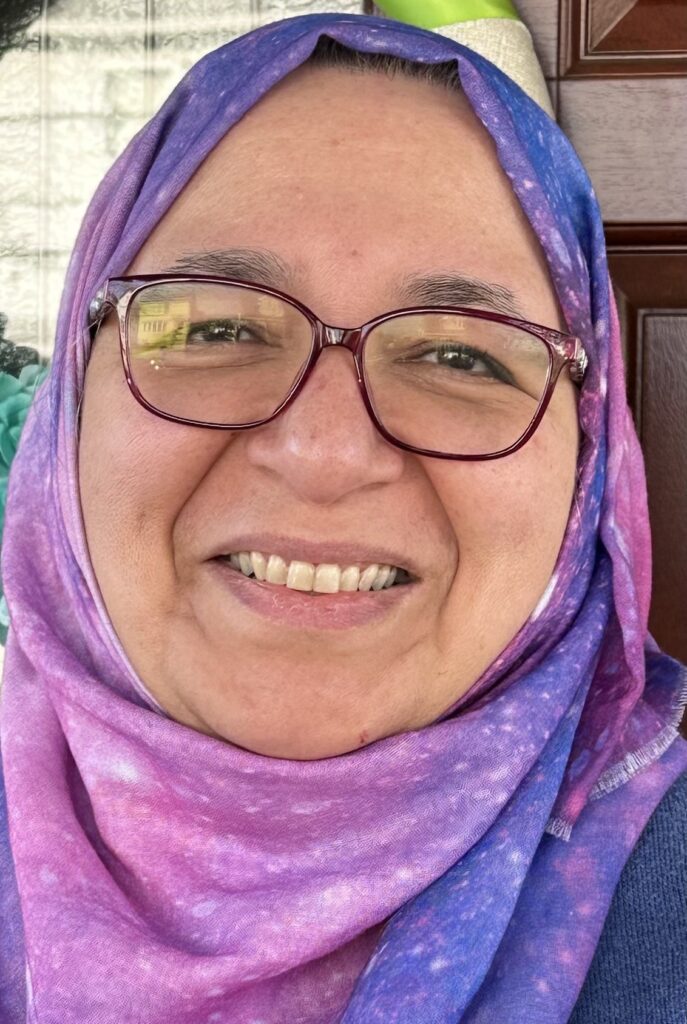
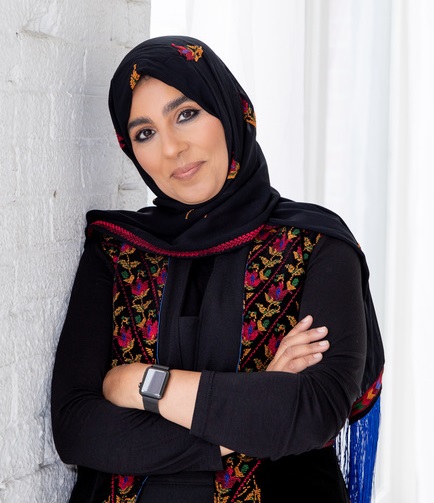
The Big Picture
“I think oftentimes people think cultural responsiveness sits more in a humanities classroom,” Jaber says. “And the reality is that the Arab heritage and the Arab culture is something that is across content areas. When we really interrogate curriculum in most schools, we often see a conflation of Arab and Muslim identities. We see those come up only when we’re talking about the Ottoman Empire or 9/11. Those very limited stories are not creating a fuller picture, like the contributions that Arabs have in arts, in the maths, to the sciences, and in humanities.”
Weaving these contributions into the curriculum doesn’t have to mean a huge overhaul, she says. Teachers “can easily augment standards and things that we’re doing in our classroom spaces…that narrative is one that is very present in a lot of things we’re already doing, but people don’t know because it’s an intentionally erased narrative.”
English Language Arts
The most obvious way to integrate Arab narratives into ELA classes is through literature, by adding more work by Arab authors to the materials available to students and the texts teachers choose to study closely as a class.
“Poetry is very much part of the Arab culture,” Jaber says. “Even our Quran is written in verse. It’s a beautiful literary piece to really analyze.” While other genres of literature from Arab voices haven’t been as easy to find, that is starting to change. Jaber says there has been an emergence of new novels from contemporary Arab writers, but these are still somewhat limited.
“The reality is no matter how many novels we do read about the Arab world, there are 20-plus countries and they’re all very, very different, even within the same country. I’m Palestinian. If you come from a village in Palestine, it’s very different than if you come from the main cities. So the culture is different. The traditions are different. The dialect of Arabic that’s spoken is very different. And so no matter how much we read about cultures that we are not a part of, there is always something to learn.”
One book in particular, Khaled Hosseini’s The Kite Runner, is a popular choice in American classrooms, and Jaber takes issue with this being positioned as a representation of Arab cultures.
“Hosseini is not an Arab. I think oftentimes there’s a conflation of identities. Yes, he may identify as a Muslim, but the Islam that’s represented in that text is extremist Islam. It’s not the Islam that many Muslims follow or the Islam the majority of Muslims follow. So if we’re putting this text into the curriculum because we feel like it’s speaking to the students, whether Arab or Muslim, it’s not speaking to them. It’s immersing them in stereotypes of themselves. And oftentimes it’s not taught as a stereotypical text. And so it becomes the only window that a lot of other kids, whether there are Arab students in those schools or not, have into the Arab culture — or they think they have into the Arab culture, because he’s not an Arab. And then there’s nothing else that’s in the curriculum, oftentimes, that actually is representative of these students.”
Because there is so much diversity under the big umbrella of Arab culture, Jaber puts an equal amount of effort into creating an environment where students feel safe to tell their own stories — not just Arab students, but all marginalized students.
“We spend the first months of school really just questioning identity through literature and talking about it deeply. As an English teacher, I’ve learned (how to) get students to feel comfortable enough and safe enough to let go of their sense of duality when they’re walking into my classroom space. That takes a lot of culture-building and community-building first. And then, how do I get them to really realize and think about how important it is for them to reclaim their own narratives? Because Arabs aren’t the only marginalized group that have had their narrative taken away from them. And so by doing it this way, we’re kind of elevating the voices of the students in the classroom, and they are becoming the content creators that become the main resources of our classroom space.”
With that said, she cautions teachers not to use Arab students to teach the rest of the class about their culture. “The worst thing we could do is single out specific students to ask them like, ‘Hey, are you fasting in Ramadan? Can you tell us about Ramadan?’ That’s the worst thing you can do to a child who already is in crisis about who they are, because it’s gonna make them stand out more.”
Instead, create regular opportunities for students to write about their own experiences, even if they only do so privately. “Get them to really think about themselves, their place in the world, who they are, and all of these different big questions that will help them come to terms with whatever it is that they’re dealing with and really heal from it,” Jaber says.
ELA Resources
Social Studies
“I think the main reason why Arab Americans are not in curriculum is because people look at Arab Americans through such a stereotypical and biased lens,” Shinnawi explains. “They tend to be overlooked. And therefore people look at the Arab communities as a new phenomenon, something that happened maybe in the last couple of decades, or something that’s related to what’s going on geopolitically in the region of the Middle East. And it’s also always taught as the concept of either Arabs or Muslims and a concept of something ‘foreign’ or in the past.”
When Arab narratives are included, she says, the inclusion is often limited to coverage of Islamic Spain, the Crusades, or 9/11. “So you have all of these pieces of Arab history that are either in the past, that don’t even exist anymore, or in the present but more in such a stereotypical negative concept of everything as war.”
One important shift in social studies would be a recognition that people from Arab countries have been in the United States for generations. Along with so many of the other groups who arrived in the late 1800s and early 1900s, a large wave of Arabs immigrated to the U.S. at that time. Many in this early wave were Christian, from countries now known as Lebanon, Syria, Palestine, and Jordan. They settled in the big cities, yes, but many also made their homes in the Midwest, something that isn’t really covered in history textbooks. “Their experience is just like every other immigrant experience,” Shinnawi says. “So when you start normalizing people that you haven’t normalized for a long time, that’s difficult for some people to understand.”
Another important step would be to make sure any curriculum that incorporates more representation of the Arab experience is written and vetted by those with lived experience. Shinnawi describes how much of the curriculum on Arab and Muslim history is written by people in academia, often by those who have no personal experience with the topics they are writing about. “When curriculum is written by people outside of that lived experience, a lot of it is written through a biased lens. Intentional, unintentional, regardless of what it is, it’s biased. They’re going to come in and they’re going to present their own understanding of the religion and interpretation of the culture.” For more accurate and positive representation, those who publish curriculum need to be intentional about who is writing the material.
Social Studies Resources
Math
One of the most important ways to integrate Arab narratives into mathematics instruction is by acknowledging the contributions made to the field by people from Arab countries.
“The history of math started actually from an Arab, a mathematician scholar named Muhammad al-Khwarizmi,” Elsamra explains. “He is actually known as the father of algebra.” Al-Khwarizmi is also credited with creating the Arabic number system that we still use today and introducing the concept of zero. While his tremendous influence on mathematics is sometimes given a brief mention in textbooks, Elsamra says, “That’s not enough. One line should not be the end all be all when it comes to the inception of mathematics and how it came into fruition.”
Math teachers can also bring in tools that have Arabic origins, like the abacus. “That’s a math manipulative that can be brought back into the elementary classrooms where students can learn the four basic operations through using the abacus and understand, conceptually, what’s behind addition, subtraction, multiplication, and division. Some schools still use it, but it’s not something that’s used often. You never know what students can benefit from something like this. But also tying it into the history and how this is a tool that before calculators, this is what mathematicians used to calculate the four basic operations or just do basic counting. And it can be brought back into the classroom as early as pre-K when students start learning how to count.”
Elsamra points out another area for connection: geometry. “The Arab culture is infused with such beautiful architecture and patterns and vibrant colors and tessellations,” she explains. “Geometry is not just about statements and justifications. You have that piece of the patterns and the tessellations, and it’s important for geometry teachers to incorporate projects and activities where students can look into these patterns and tessellations and architecture through the Arabic world and the palaces and the mosques and the churches that were built in the Middle East. They carry such beautiful architecture, and bringing that through geometry would be such a beautiful thing for our students to see.”
While these integrations will enrich all students’ study of mathematics, they will have a profound impact on Arab students.
“Imagine how a student feels, an Arab student in the classroom, just being proud of their ancestors,” Elsamra says. “This is what my roots are coming from, and these are the people, and this is how they affected my studies today. The Arab students aren’t feeling that connection or that appreciation or that value, and knowing that their ancestors had a lot to do with how things are run today in all content areas, it would it definitely change their outlook on a lot of things.”
Math Resources
Science
Because the history of science has been taught through a Eurocentric lens, Fakhry explains, Arab contributions have been largely erased or whitewashed.
“The time period we know as the Dark Ages…we’re only seeing what’s happening in Europe. But if we turn our focus slightly to the East, we can see that there is a Golden Age happening, innovations that are surpassing anything that could have been imagined. Scientists who have been able to identify the difference between measles and smallpox. Surgeries are happening, surgery that was not happening anywhere else on the globe. Sanitation measures were happening, so people were being able to overcome disease. That was not happening in the West.”
Just as the West was coming out of the Dark Ages, she says, “anything that was published in the East is now being translated into Latin. The names of the scientists are now being whitewashed and they’re Latinized. And all of a sudden Abbas Ibn Firnas, who was an aviator, figured out how to fly, is now Armen Firman. And students are coming into science class, and they’re not learning about what happened during that time because it’s too old. It’s too ancient. It’s gone, completely erased. All they’re learning about is what happened in Europe. It’s all Eurocentric.”
The resources below are a good place to start uncovering those contributions that have historically been erased.
Science Resources
Other Resources
These are not aligned with any particular content area, but offer more information, stories, and perspectives on the intersection of teaching and the Arab experience in America.
How to Connect
Join our mailing list and get weekly tips, tools, and inspiration that will make your teaching more effective and fun. You’ll get access to our members-only library of free downloads, including 20 Ways to Cut Your Grading Time in Half, the e-booklet that has helped thousands of teachers save time on grading. Over 50,000 teachers have already joined—come on in.


